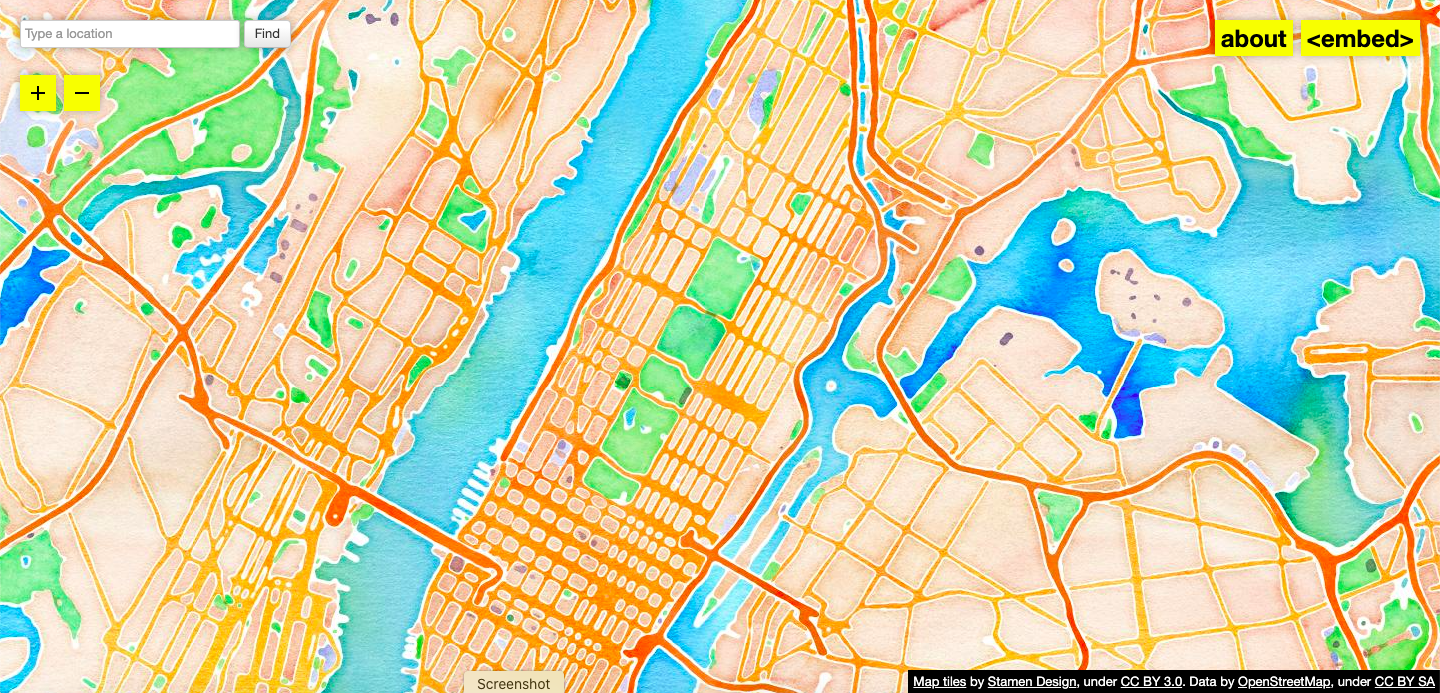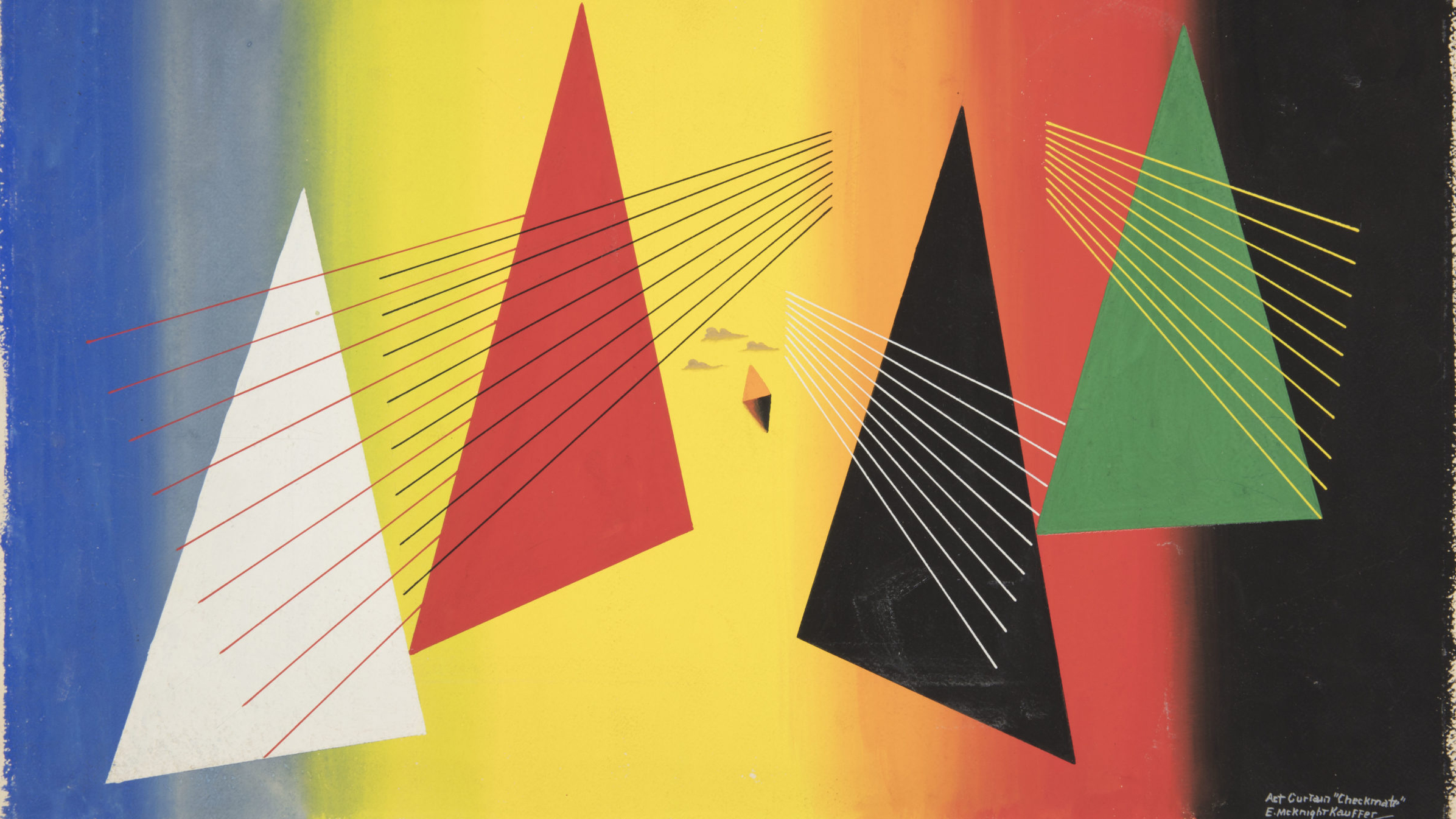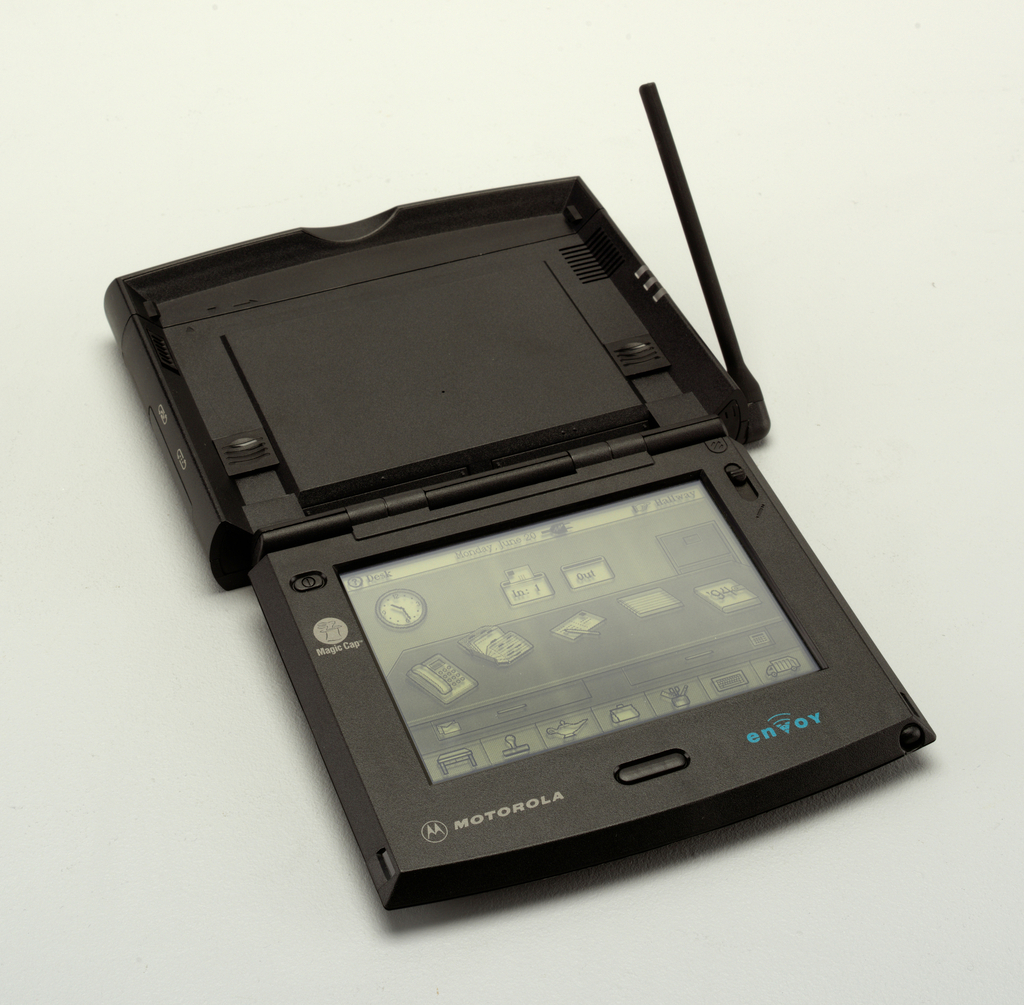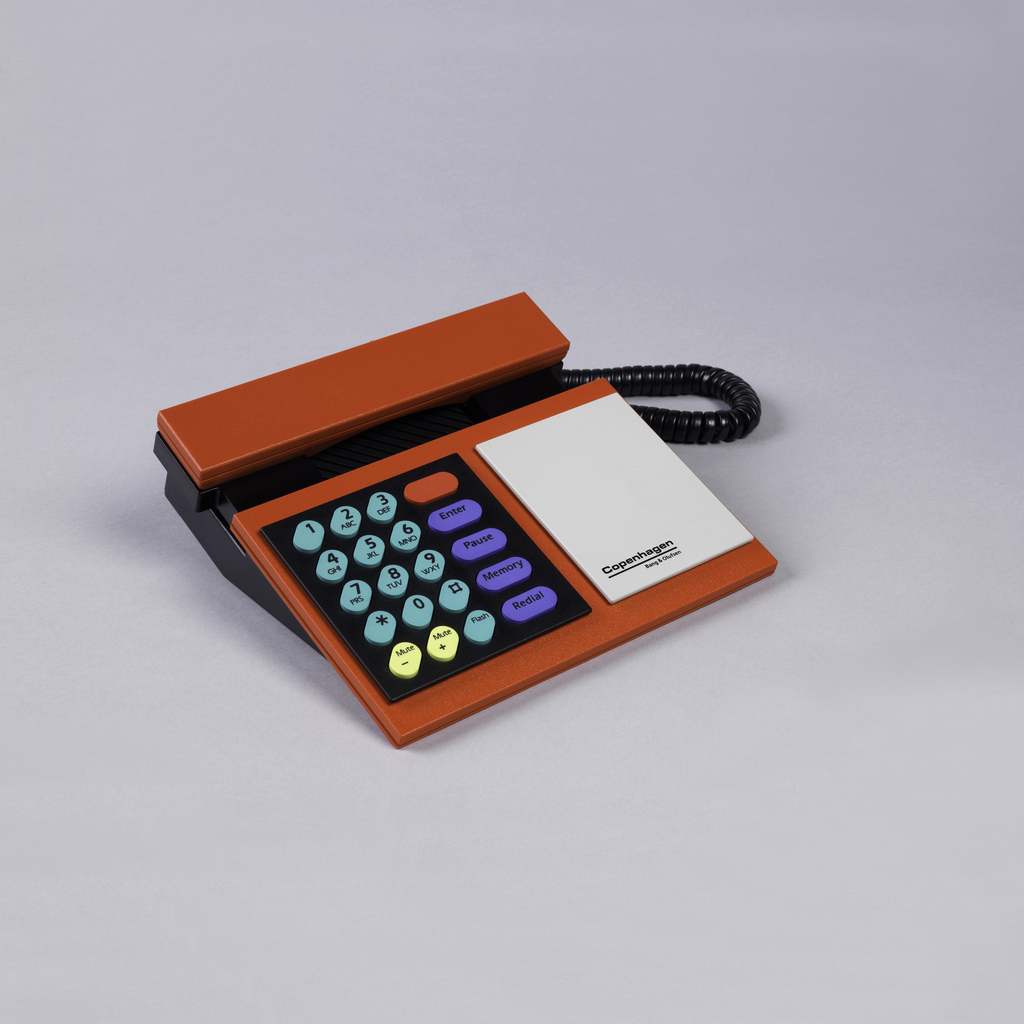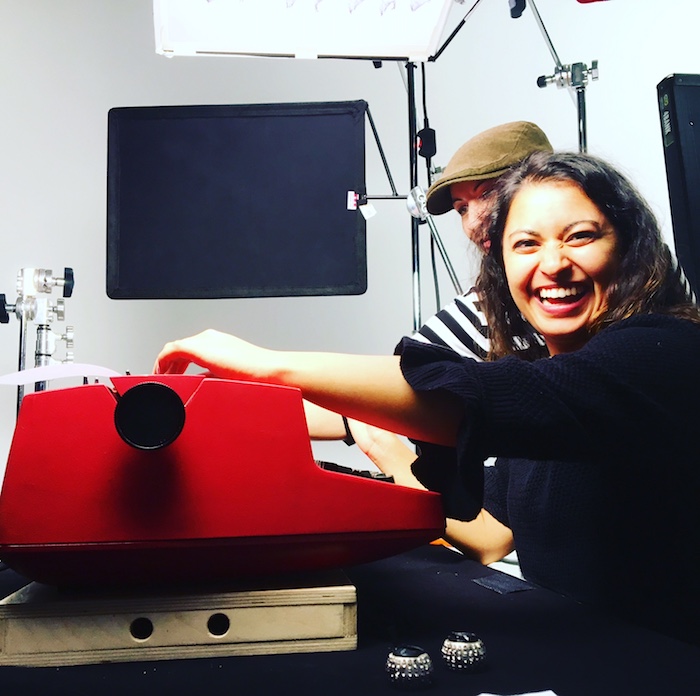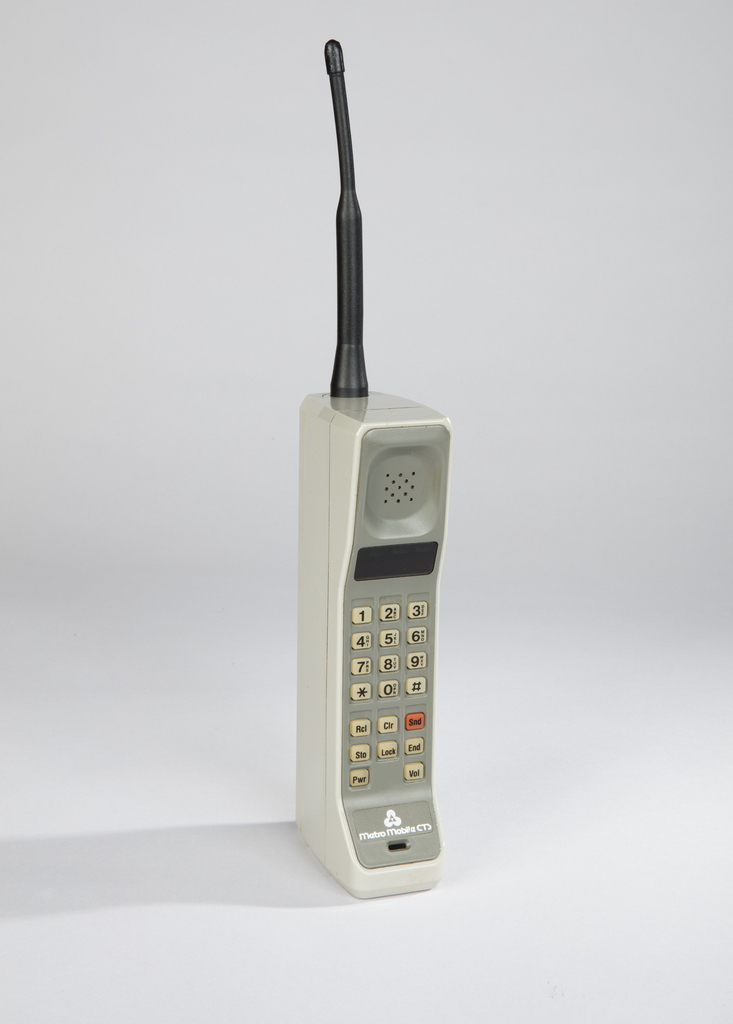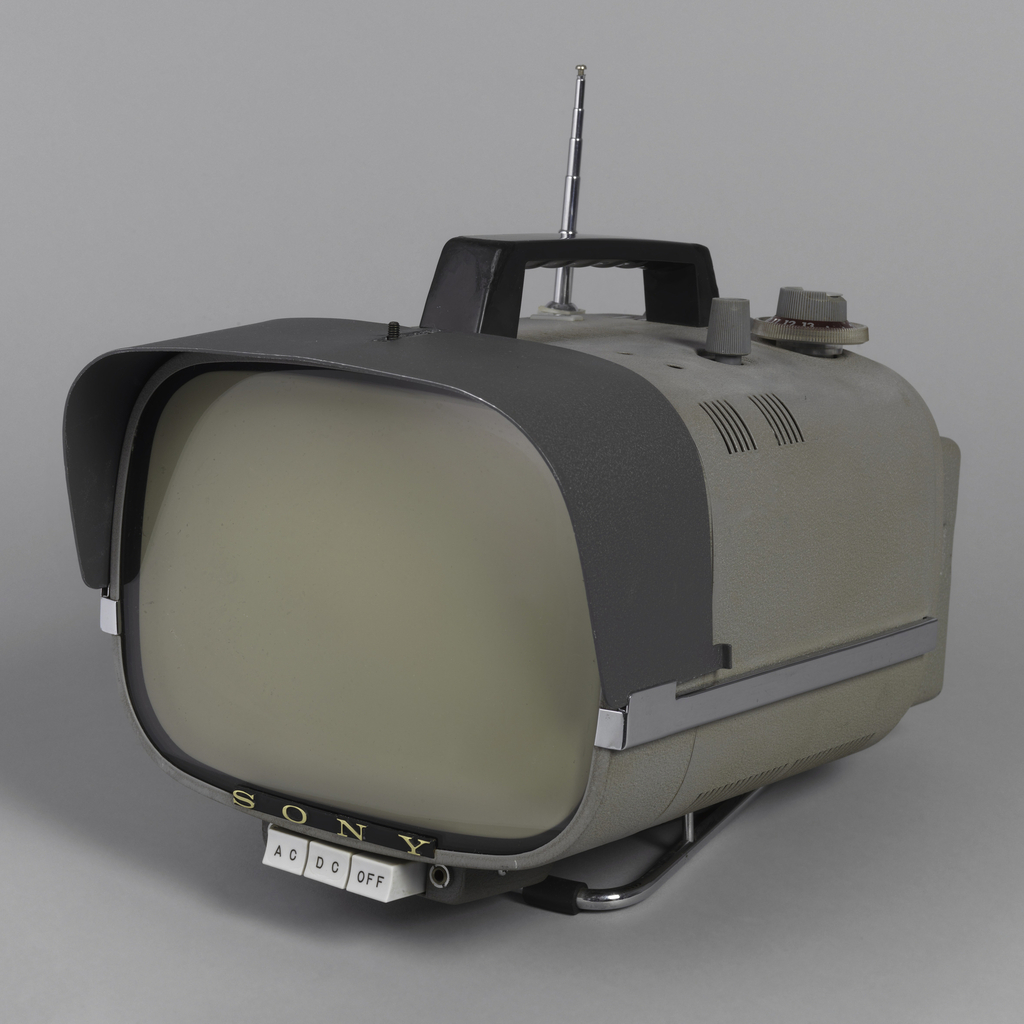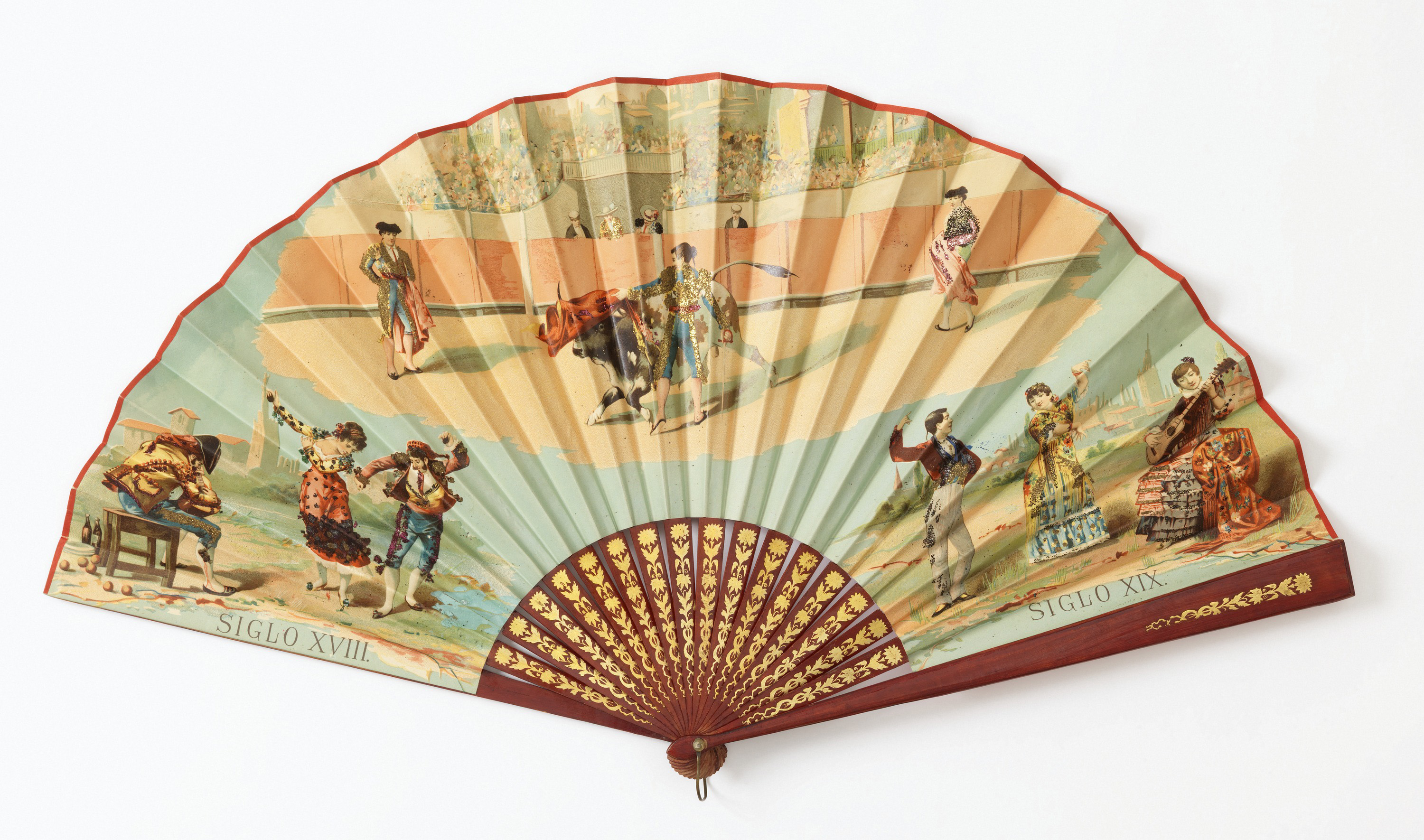Italy was the first country in the European Union to be hit hard by COVID-19. CRA-Carlo Ratti Associati in Turin, Italy created an open-source design and working prototype for an intensive care unit utilizing a shipping container. One unit can house two patients. Windows admit light and allow clinicians and family members to view patients....
Stamen Design’s founder Eric Rodenbeck discusses the inspiration behind the design of Watercolor Maptiles, recently acquired by Cooper Hewitt Smithsonian Design Museum. Watercolor Maptiles is a web-based open-source mapping tool designed by Stamen Design, a San Francisco-based data visualization and cartography design studio and winner of the 2017 National Design Award in Interaction Design. Launched...
How do graphic designers engage with Cooper Hewitt’s own graphic design collection? Curators Caitlin Condell and Emily M. Orr welcome their recent collaborators, designers Lucinda Hitchcock and Lucienne Roberts, to discuss their experiences of interpreting the work of commercial art pioneer E. McKnight Kauffer (American, 1890-1954). Hitchcock and Roberts each drew inspiration from the museum’s...
This week’s posts feature case studies from Cooper Hewitt’s Digital Collections Management Project, a conservation survey of born-digital and hybrid objects in the permanent collection. The two-year project was coordinated by an in-house team of conservators, curators, and registrar, and was conducted by digital conservation specialist Cass Fino-Radin and his team at Small Data Industries....
Throughout the late 1980s and early 1990s, the design team and one-time couple Gideon Löwy and Lone Lindinger-Löwy created a series of telephones called BeoCom, made for the Danish consumer electronics manufacturer Bang & Olufsen. The prefix “beo” is standard for all of Bang & Olufsen’s major products and the ending references the device’s purpose:...
The founder, chairman, and CEO of R/GA, a worldwide digital advertising agency, product and service innovator, and consultancy. Bob Greenberg is the 16th guest curator in Cooper Hewitt’s Selects series, in which prominent influencers, designers, and artists are invited to mine and interpret the museum’s collection of more than 210,000 objects. The R/GA team made three videos...
We’ve come so far technologically that cell phones are now in museums. And in a museum is likely the only place most people will have seen this model – the world’s first commercially available handheld cellular phone. When it came out, it weighed 2.5 pounds, required ten hours for charging for 35 minutes of talk...
Wow! I remember thinking that as a youngster, when I first saw the slightly flickering black and white picture on the Sony portable TV at a friend’s house—on the patio. That was the last place I could imagine anything like a television, something I had previously experienced only as a piece of furniture in people’s living...
Folding fans, or abanicos, were considered must-have accessories in nineteenth century Spain. For women, they served as important tools in courtship, the ‘language of the fan’ expressing everything from ‘come hither’ to ‘don’t bother’ to hopeful admirers. The imagery painted or printed on fans also carried important messages. Many celebrate national events, such as the...

